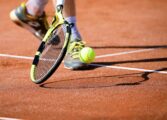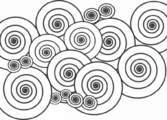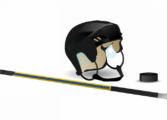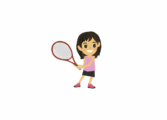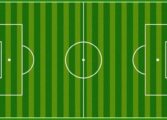Padel Regler Singel: En Grundlig Översikt av Reglerna och Historien
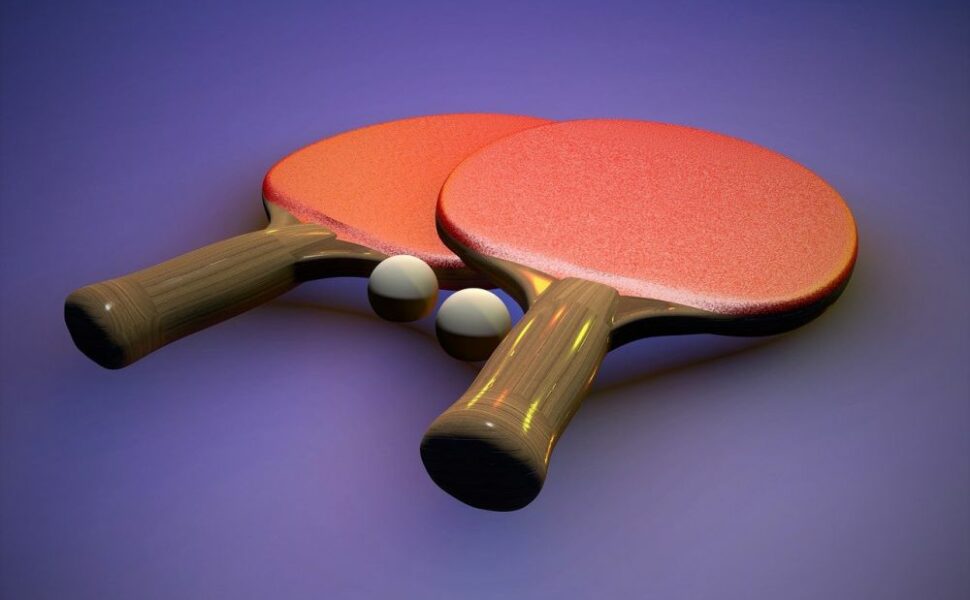
Introduction
Padel, a fast-growing racquet sport, has gained immense popularity in recent years. With its unique mix of tennis and squash, padel offers a thrilling and engaging experience. In this comprehensive article, we will explore the rules and regulations of padel in the singles format, delve into the various types and popular variations, examine quantifiable measurements, discuss the differences between different sets of rules, and provide a historical overview of the advantages and disadvantages of these rules.
Overarching Overview of Padel Rules – Singles

To understand the rules of padel in the singles format, it is crucial to grasp the fundamentals. Padel is played with a solid paddle and a specific type of ball on a court surrounded by walls. The objective is to hit the ball over the net, ensuring it bounces within your opponent’s half of the court. Points are scored when the ball is not returned successfully. Padel, like tennis, follows a point-based scoring system.
Comprehensive Presentation of Padel Rules – Singles
Padel in the singles format offers an exhilarating experience for players. There are various types of padel regulations followed worldwide. For instance, the International Padel Federation (FIP) has established its set of rules, which govern official matches. Additionally, each country might have its own set of rules and adaptations.
In the FIP regulations, the court dimensions, net height, and the number of players remain the same as in doubles. However, the main difference lies in the gameplay strategies used by players. Playing singles demands highly efficient shot placement, intelligent court coverage, and excellent control over the ball.
POPULAR SINGLES Padel REGULATIONS
1. FIP Padel Regulations: FIP, being the international governing body for padel, outlines the official rules for singles matches. These regulations are followed in major tournaments and professional matches.
2. National Adaptations: Different countries often have their adaptations to the FIP regulations, considering their local playing preferences, court dimensions, and additional rules.
3. Recreational Variations: In informal or recreational settings, players might introduce their own sets of rules while playing singles padel. These variations add an element of flexibility and keep the game entertaining.
Quantitative Measurements in Padel Rules – Singles
Padel rules in the singles format can be quantitatively measured to analyze the performance of players. Some notable measurements include:
1. Service Speed: The speed at which players can serve the ball is a critical metric. It measures the power and accuracy of a player’s service technique.
2. Shot Placement: Analyzing the areas where players intentionally place their shots can provide insights into their skill level and strategies. This measurement helps evaluate a player’s ability to control the ball.
3. Rally Duration: The length of rallies in singles matches is an indication of the players’ endurance and ability to maintain a high level of play throughout the match.
Discussion on Differences Between Padel Rules – Singles
While there are various padel rules for singles, some key differences can be observed. The most significant difference lies in the gameplay and strategies employed by players. In doubles, players can rely on their partner’s positioning and shot-making abilities. However, in singles, players are solely responsible for covering the entire court and executing shots effectively.
Historical Overview of Pros and Cons of Different Padel Rules – Singles
The evolution of padel rules in the singles format has had its share of advantages and disadvantages.
Advantages:
1. Intense Gameplay: Singles padel demands high levels of athleticism, strategy, and quick decision-making. This intense style of play creates an action-packed experience for both players and spectators.
2. Individual Skill Development: Playing singles helps players develop their personal skills, including shot accuracy, footwork, and mental toughness. These improvements can subsequently enhance their overall performance in padel.
Disadvantages:
1. Physical Demands: Singles matches require players to cover a larger area of the court compared to doubles. This increased physical demand may lead to fatigue and injury risks.
2. Limited Court Coverage: With only one player on each side, the court coverage can be challenging. Players must possess exceptional agility and stamina to cover the entire court effectively.
Conclusion
As padel continues to captivate players worldwide, understanding the rules and regulations, specifically in the singles format, is essential for both beginners and seasoned players. By providing an extensive overview of padel rules, presentation of popular regulations, quantitative measurements, discussion on differences, and a historical overview of pros and cons, this article equips readers with a comprehensive understanding of singles padel rules. Whether participating in casual matches or professional tournaments, players can now navigate the court with confidence and enjoy the exhilaration that padel brings.

















